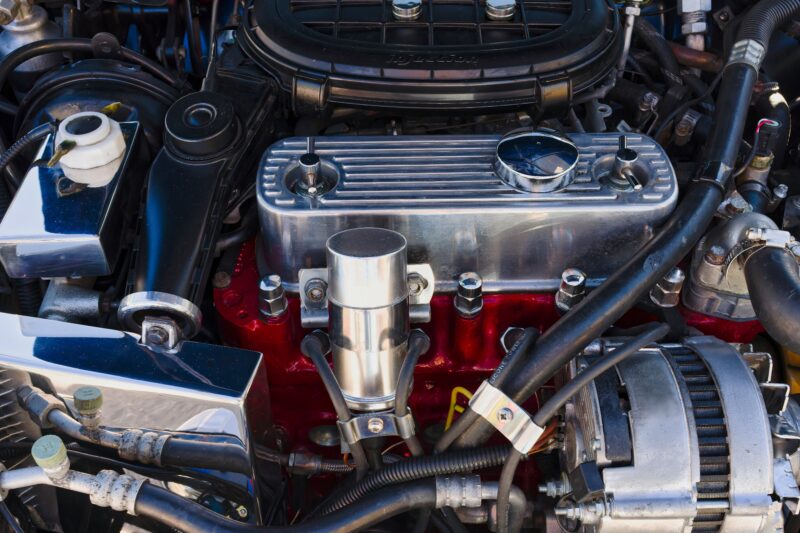
Ever notice your car running a bit rough or your engine seeming less efficient than it used to be? The culprit might just be a small but mighty part of your engine: the PCV (Positive Crankcase Ventilation) valve. This component doesn’t get much recognition, but it plays a key role in keeping your engine healthy. If you’re wondering where to find it and how to maintain it, you’ve come to the right place.
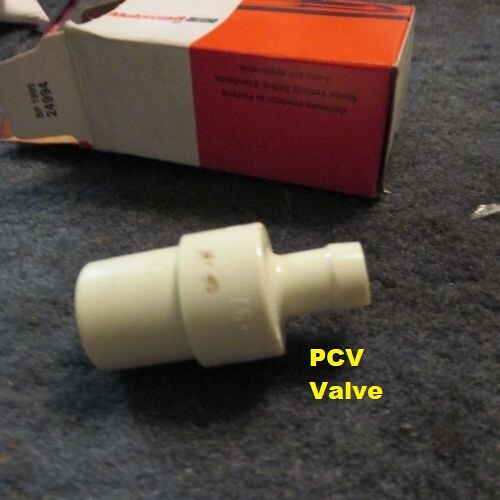
The PCV valve is generally easy to spot once you know where to look. In most cars, it lives in the valve cover, which is the large metal or plastic cover on the top of your engine. Specifically, it’s often:
If your car has a larger engine, like a V8 or any engine over 5.0 liters, the PCV valve might not be as accessible. It may be hidden behind the intake manifold, where it can be tougher to reach without tools or a service manual. For detailed, manufacturer-specific instructions, you can refer to the technical bulletin.
Here’s a pro tip: follow the vacuum hose that connects to the intake manifold. It often leads directly to the PCV valve, making it easier to locate.
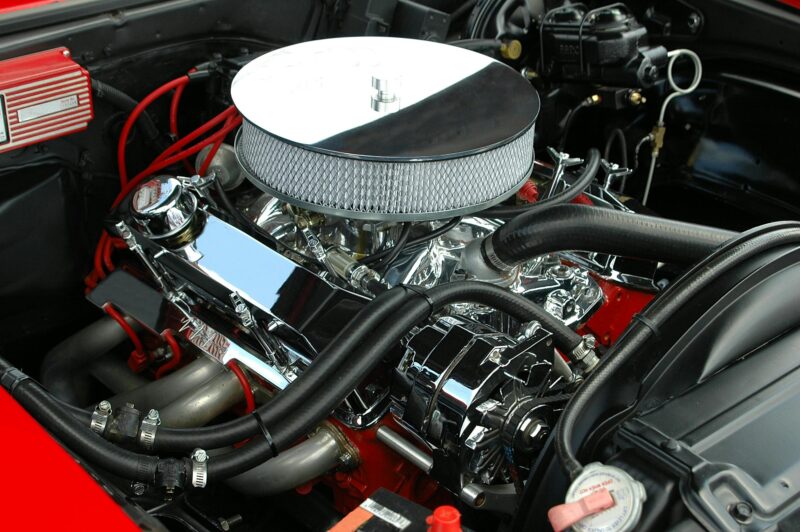
This tiny, unassuming valve is a hardworking team player in your vehicle’s engine system. It’s responsible for redirecting harmful gases from the crankcase back into the intake manifold, where they can be burned off safely. Without a functioning PCV valve, you risk:
Over time, this part can clog, stick, or wear out, so routine checks are essential to keep things running smoothly.
Luckily, you don’t need to be a mechanic to check if your PCV valve is working properly. Try these quick tests:
If your PCV valve isn’t functioning as it should, you have two options: clean it or replace it. Cleaning is straightforward—spray it with carburetor cleaner to remove grime. But if there's no improvement or if the valve shows visible signs of wear, a replacement is your best bet. Luckily, these valves are inexpensive and easy to replace.
| Engine Type | Typical Location | Accessibility |
|---|---|---|
| 4-Cylinder | Valve Cover | Easy |
| 6-Cylinder | Valve Cover (Driver or Passenger Side) | Moderate |
| 8-Cylinder (V8) | Behind the Intake Manifold | Hard |
Automotive experts recommend checking the PCV valve during every oil change, and for good reason. A worn or clogged valve can lead to serious (and costly) engine issues. Staying on top of this minor piece of maintenance can save you from major headaches down the road.
What’s the state of your PCV valve? If you’ve tracked it down or recently performed a test, share your experience in the comments—or drop your questions below. Let's keep the conversation (and our engines) running smoothly!
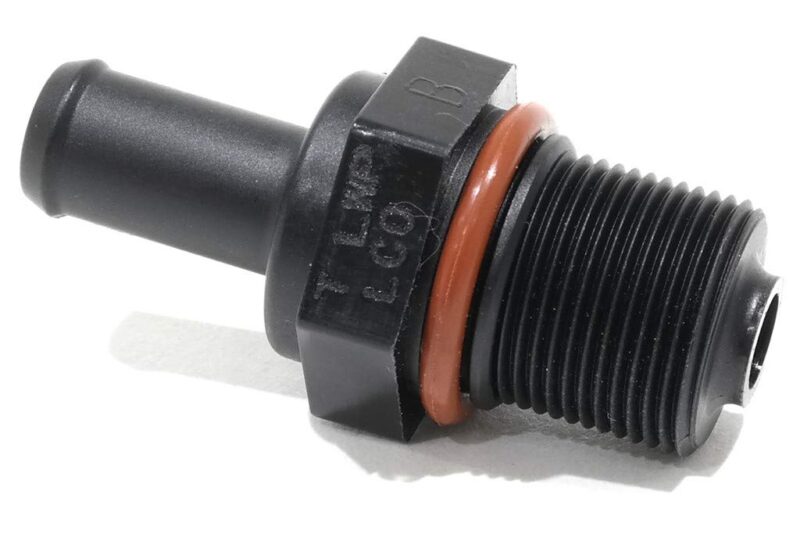
The Kia 26740 2G000 PCV Valve is an essential component for your vehicle's engine performance. Designed specifically for Kia models, this valve helps regulate and redirect combustion gases away from the engine, improving efficiency and reducing emissions. Perfect for those looking to maintain optimal engine function, you can find this product available with free delivery on Amazon.
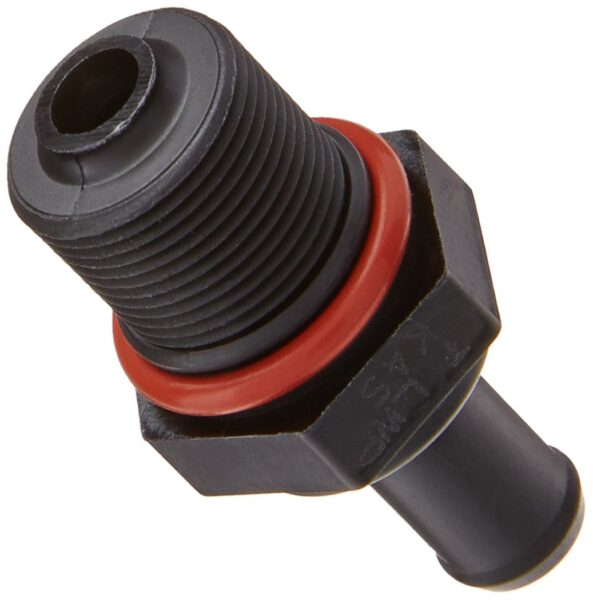
The Genuine Hyundai 26740-2G000 PCV Valve is a high-quality replacement part designed to fit Hyundai vehicles, ensuring optimal performance and efficiency. Available on Amazon, this PCV valve is essential for maintaining your car's emissions system. With free delivery options, it's a convenient and reliable choice for Hyundai owners looking to replace their PCV valve.
We hope this guide has been helpful as you navigate the ins and outs of your vehicle’s PCV valve. Staying informed on these little details can make a world of difference when it comes to maintaining a smooth-running engine. If you’re passionate about cars and want to dive deeper into similar topics, or just enjoy a good scroll through automotive eye candy, why not join us on our journey? Check out our collections over on Pinterest and stay inspired. For behind-the-scenes stories and the occasional engine revelation, follow us on Instagram, where we share snippets of our day-to-day adventures. Of course, we love to keep the conversation lively on X (formerly Twitter), and you’re always welcome to join our community on Facebook as well. Let’s connect and continue exploring the fascinating world under the hood together!
The PCV (Positive Crankcase Ventilation) valve is generally located on the valve cover, but it can be found anywhere between the crankcase air vent and the intake manifold.
Signs of a faulty PCV valve include a hard-to-start engine, erratic idling, engine misfires, and increased oil consumption, indicating it may be stuck open. If the engine revs unpredictably and emits black smoke, or if there are noticeable oil leaks or sludge build-up, the valve might be stuck closed.
The PCV valve is typically attached to the valve cover or intake manifold, ending at the end of a hose. Inside, a spring mechanism keeps the valve closed until engine pressure rises enough to open it, which occurs at higher RPM levels. Regular replacement of the PCV valve is recommended during routine maintenance or if issues arise.
The cost of replacing a PCV valve varies depending on your vehicle's make, model, and year. If you're comfortable with DIY automotive tasks and wish to save both time and money, you can certainly replace the PCV valve yourself.

Immerse yourself in architecture’s most boundary-pushing ideas—where innovative home improvements meet visionary urban developments. Discover new building techniques, materials, and creative concepts that are redefining how we shape our spaces on a global scale.